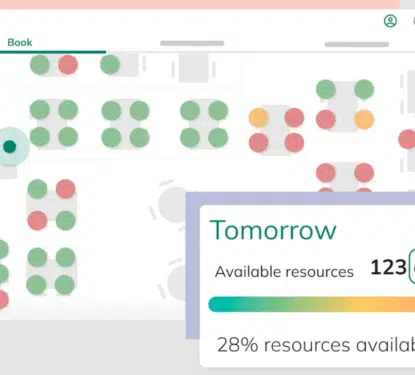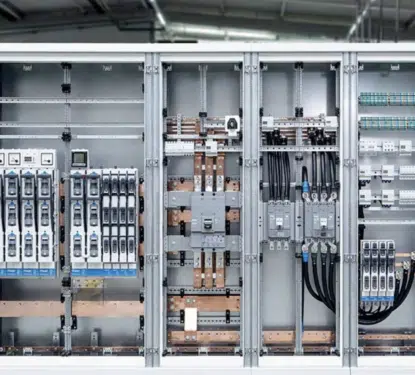The U.S. General Services Administration (GSA) is essentially the federal government’s landlord, with 360 million square feet of buildings under management, and an appropriately staggering energy bill. That’s made it the key federal organisation for building energy efficiency technology across the nation. GSA is implementing a smart building strategy and working aggressively to modernise existing buildings and establish new standards for design and construction in order to achieve department and administration goals of energy efficiency and sustainability while still providing superior workplaces for federal customer agencies at good economies to the American taxpayer. A newly established GSA department ‘Green Proving Ground’ leverages GSA’s vast real-estate portfolio to transparently evaluate emerging green technologies such as energy management, lighting and on-site energy generation. The proving ground examines technologies in partnership with national laboratories and makes recommendations on whether to “broadly deploy, target deploy or not to deploy,” across government, according to GSA Chief Greening Officer Eleni Reed. […]
Most Popular Articles

Hubstar Acquires Spica Technologies: 4th Strategic Deal Revealed
This Research Note explores the acquisition of UK-based Spica Technologies Ltd (formerly owned by Nordomatic) by Hubstar Group Ltd, announced on 9th October 2025. We examine the Spica Technologies software offering before highlighting Hubstar’s strategy with 4 acquisitions to date and concluding with our view of the transaction. Spica Technologies Profile Spica Technologies is a […]

A SEA of Energy Efficiency Opportunities in 2025!
Southeast Asia stands at a critical juncture in its energy journey. With electricity demand surging by over 60% in the past decade and projected to more than double by 2050, the region presents both a formidable challenge and an extraordinary opportunity for energy efficiency solutions. Our new report is a collaboration with Singapore-based Ampotech and […]

Hager Group’s Energy Management Software Expansion: 15 Years of Acquisitions Analyzed
This Research Note examines Hager Group, the German supplier of electrical distribution products for residential applications, which has extended its business focus to commercial buildings. We comment on its recent inorganic growth strategy in energy management software and services, before analyzing the impact of their acquisitions since 2010. Hager Group Profile Hager Group is a […]
